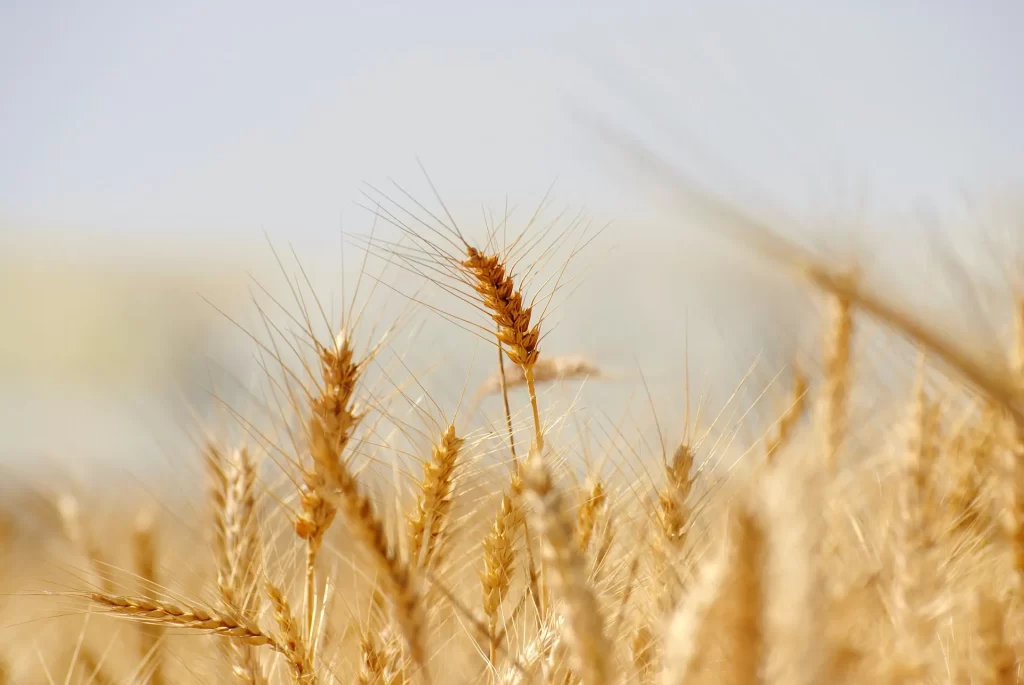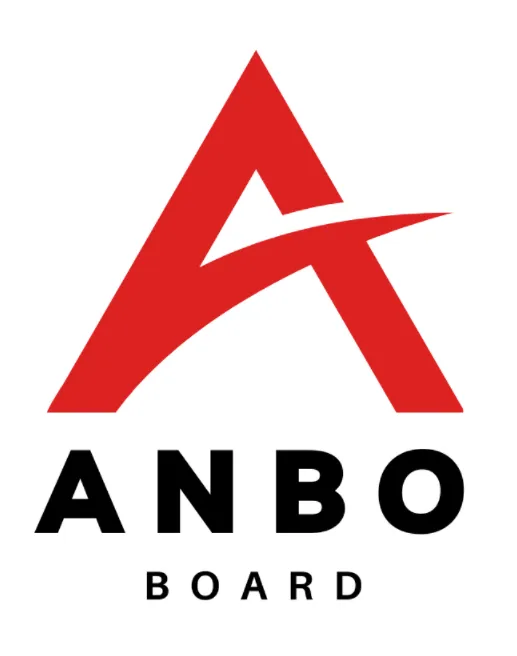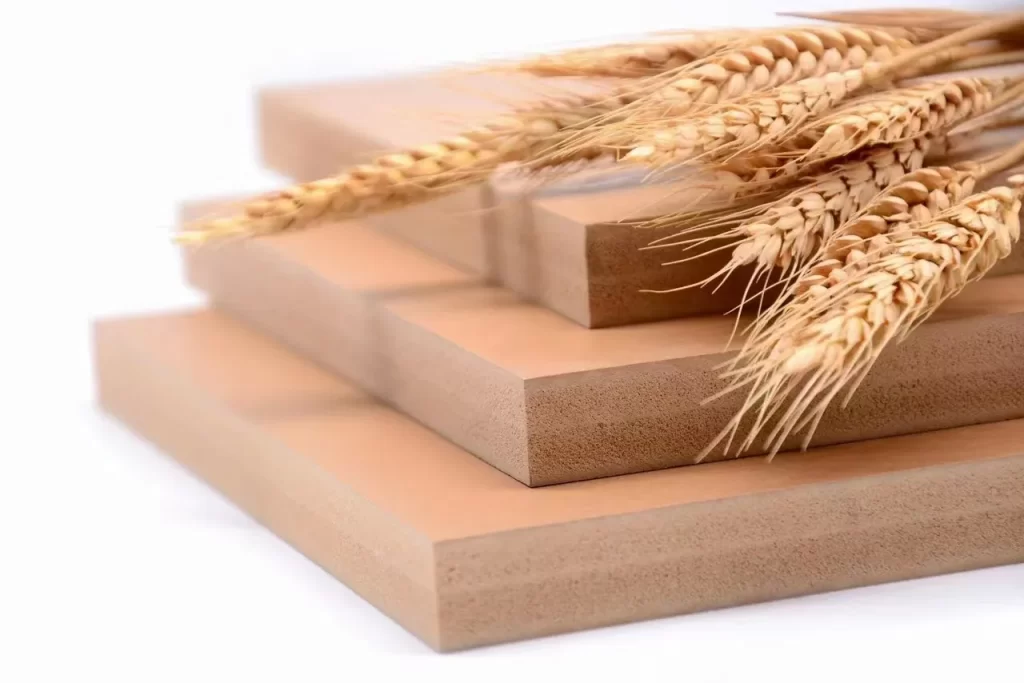
When it comes to choosing the right material for your construction project, there are so many factors to consider. From cost and availability to durability and insulating properties, each factor plays an important role in helping you choose the right building material for your needs.PVC foam boards, also known as polyvinyl chloride foam boards, are one of the most commonly used foams for both interior and exterior walls, ceilings, floors and other building applications. WPC stands for wood plastic composite. Today we’ll be exploring some key differences between these two types of foam board so that you can make an informed decision about which type suits your needs and budgetary constraints best.
What is PVC foam board?
PVC foam board, also known as PVC foam sheet, is a lightweight and versatile material that is commonly used in the construction, signage, and advertising industries. It is made from polyvinyl chloride (PVC) resin and various additives that give it its characteristic properties.
The manufacturing process of PVC foam board involves a few steps. First, the PVC resin is blended with additives, such as plasticizers and stabilizers, to improve its flexibility, durability, and other properties. The mixture is then heated and extruded through a die to form a sheet. The sheet is then cooled, cut to size, and finished with various coatings or laminates to enhance its appearance or protect it from damage.
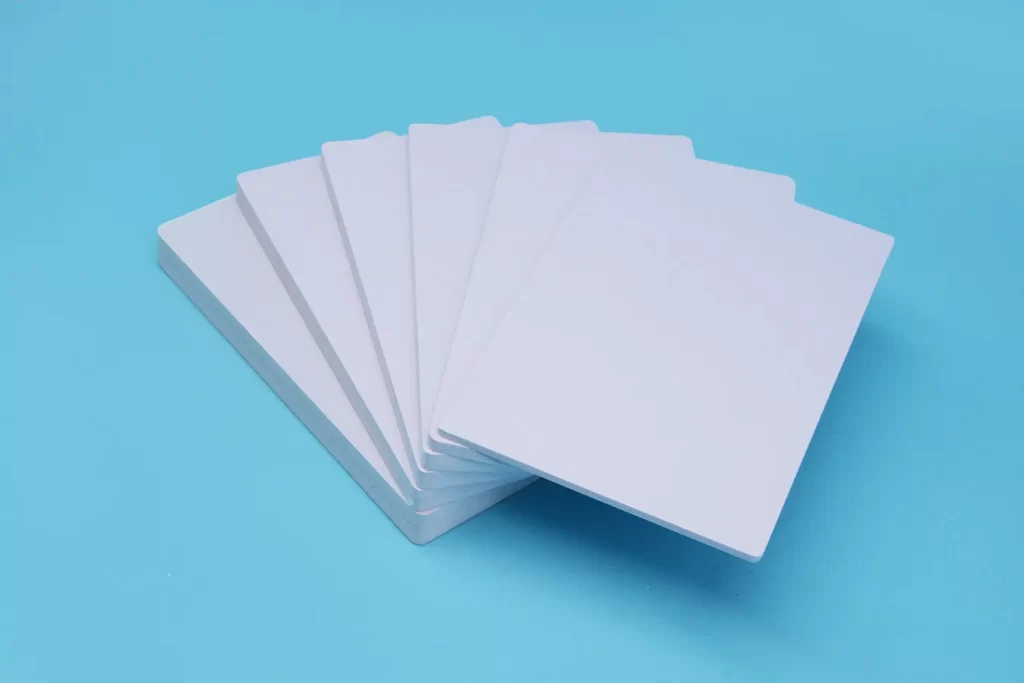
Advantages of PVC foam board include:
Lightweight and easy to handle
High strength and durability
Water-resistant and weather-resistant
Easy to cut, shape, and install
Chemical-resistant and fire-resistant
Available in a wide range of colors and finishes
Cost-effective compared to other materials
Overall, PVC foam board is a versatile and cost-effective material that is suitable for a wide range of applications.
What is WPC foam board?
WPC foam board, also known as wood-plastic composite foam board, is a type of composite material that combines wood fibers or straw powder with thermoplastics, such as PVC resin powder, to create a strong and durable board. The addition of wood fibers or straw powder gives the board a natural wood-like appearance and texture.
The manufacturing process of WPC foam board involves several steps. First, the wood fibers or straw powder are mixed with thermoplastic resins and other additives, such as coupling agents and stabilizers, to improve the physical properties of the board. The mixture is then heated and extruded through a die to form a sheet. The sheet is then cooled, cut to size, and finished with various coatings or laminates to enhance its appearance or protect it from damage.
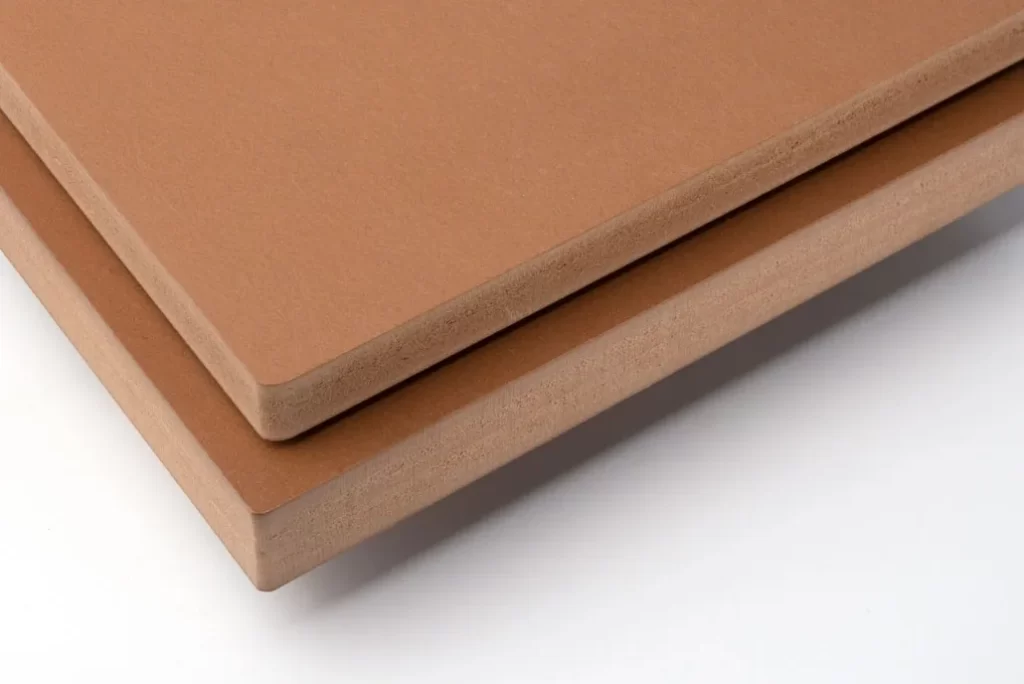
Advantages of WPC foam board include:
Natural wood-like appearance and texture
High strength and durability
Water-resistant and weather-resistant
Rot-resistant and termite-resistant
Easy to cut, shape, and install
Low maintenance
Available in a range of colors and finishes
Overall, WPC foam board is a strong and durable material that offers a natural wood-like appearance and texture.
Material composition:
PVC foam board is made from polyvinyl chloride (PVC) resin and various additives, while WPC foam board is made from a combination of wood fibers or straw powder and thermoplastics.
PVC foam board is a synthetic material, while WPC foam board is a composite material.
Water resistance:
Both PVC foam board and WPC foam board are water-resistant and suitable for outdoor use.
However, WPC foam board may be more resistant to moisture, rot, and termite damage due to the presence of wood fibers or straw powder.
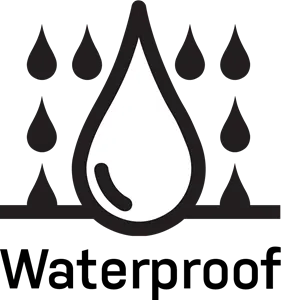
UV resistance:
PVC foam board may be more resistant to fading and discoloration over time when exposed to UV light compared to WPC foam board.
However, both materials can be finished with coatings or laminates that enhance their UV resistance.
Cost:
PVC foam board is generally more cost-effective compared to WPC foam board, as it is a synthetic material that is easier and cheaper to produce.
WPC foam board may be more expensive due to the cost of the wood fibers or straw powder and the manufacturing process involved.
Final Words
In conclusion, both PVC foam board and WPC foam board are versatile materials that have their own advantages. PVC foam board is a synthetic material that is highly durable, impact-resistant, and cost-effective, making it a great option for a wide range of applications. WPC foam board, on the other hand, offers a natural wood-like appearance and texture, as well as better resistance to moisture and rot, making it a suitable option for outdoor use.
When choosing between PVC foam board and WPC foam board, it’s important to consider the specific requirements of your project. If you prioritize durability, impact resistance, and fire resistance, PVC foam board may be the better option. If you need a material that looks and feels like natural wood, and requires better resistance to moisture and rot, then WPC foam board may be the better option.
Ultimately, the choice between PVC foam board and WPC foam board will depend on your project’s unique needs and specifications. By considering the advantages of each material, you can make an informed decision and choose the best option for your project.
